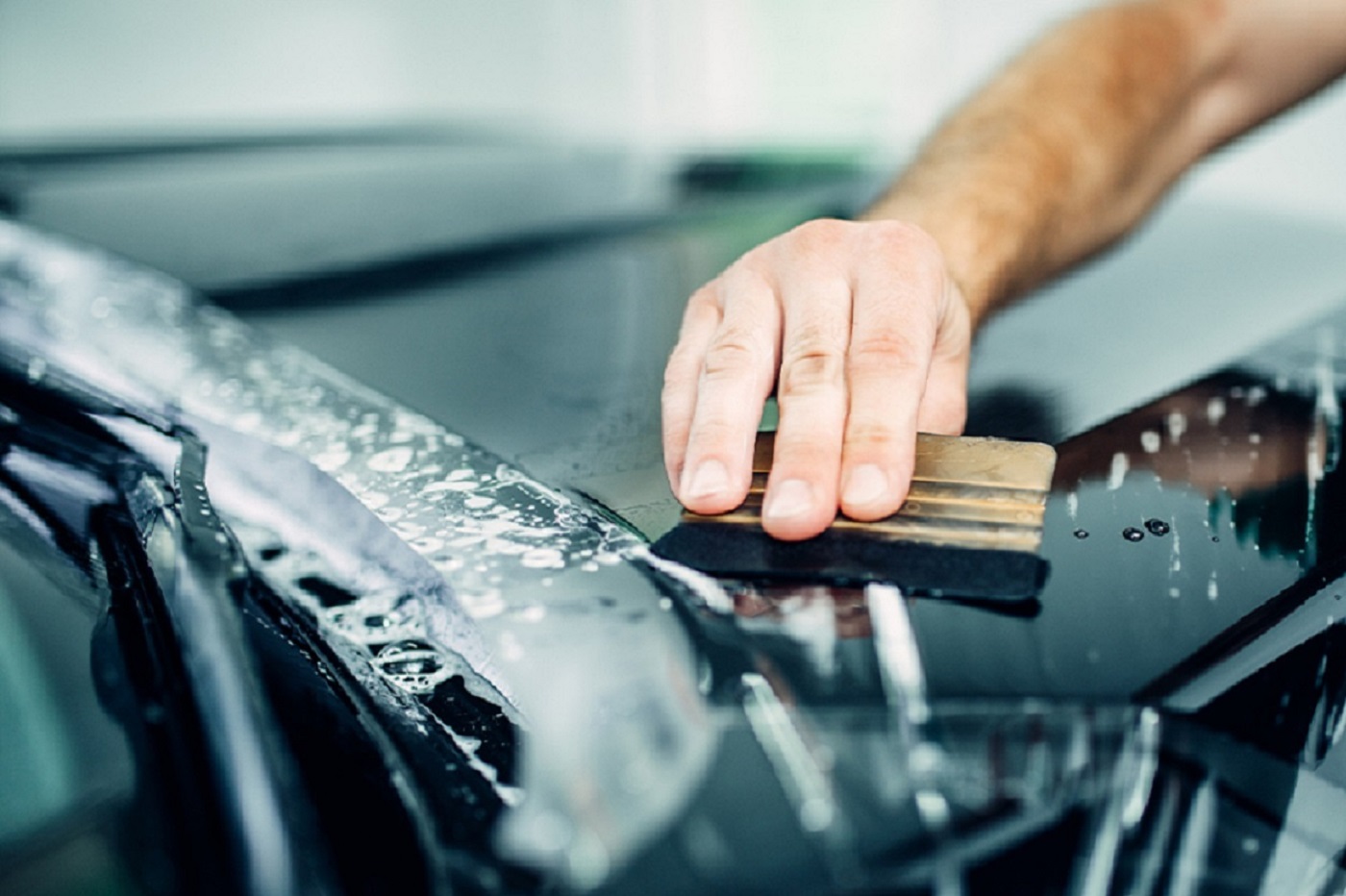The lifespan of paint protection film (PPF) depends on several factors, including the quality of the film, environmental conditions, and how well it's maintained. Generally, high-quality PPF can last between five to ten years or even longer with proper care. Here are some factors to consider:
High-quality PPF from reputable manufacturers tends to have better durability and longevity. Investing in a premium film upfront can result in a longer lifespan.
Exposure to harsh environmental elements, such as extreme weather, UV radiation, and pollutants, can impact the lifespan of PPF. Vehicles frequently exposed to intense sunlight may experience more wear on the film.

Regular and proper maintenance can significantly extend the life of PPF. Routine washing with mild automotive detergent and avoiding abrasive cleaning materials contribute to preserving the film's integrity.
The type of driving conditions your vehicle experiences can affect the wear on PPF. Vehicles driven in areas with heavy road debris, gravel, or harsh winter conditions may see more wear and may require earlier replacement.
While PPF is designed to protect against stone chips and scratches, severe impacts or accidents can damage the film. In such cases, it may be necessary to replace the affected sections.
Different PPF manufacturers may provide specific guidelines on the expected lifespan of their products. Following the manufacturer's recommendations for installation, care, and maintenance is crucial.
It's essential to inspect the PPF regularly for any signs of damage, peeling, or discoloration. If you notice issues, addressing them promptly can help maintain the film's protective qualities. Ultimately, the decision to replace PPF depends on its condition and the level of protection you want for your vehicle's paint.
Copyright © PARMOR All Rights Reserved | Sitemap | Technical Support: 